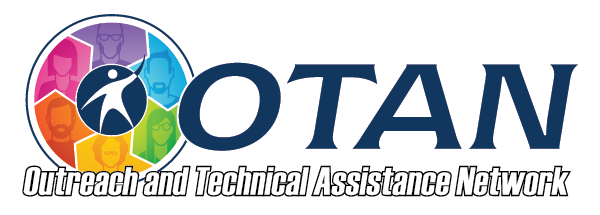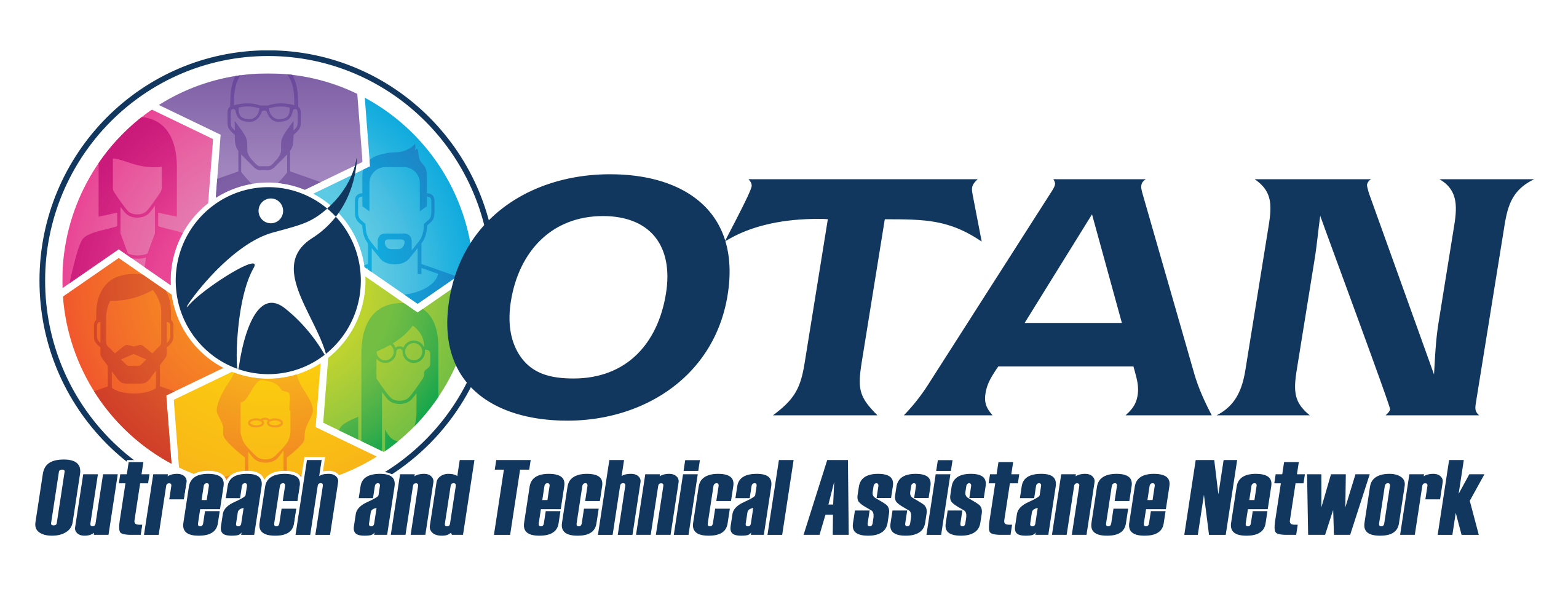Search
ABE: Adult Basic Education
226 Results
Activity Description
Program Areas
Levels
Activity Description
Use an AI enhanced program such as magicschool.ai or web.diffit.me to level text to match the reading levels of your students
Program Areas
Levels
Activity Description
Teaching Math requires teachers to know multiple ways to explain a topic, scaffolding to assist students in step-by-step problem solving, and focus student interest by applying mathematics to their personal interest. Artificial Intelligence can help with all three of these areas.
Program Areas
Levels
Activity Description
(CC0/Public Domain)
Students discuss eating habits, answer the main idea and supporting detail questions about a video about serving sizes, interpret and analyze food labels, navigate websites to gain and gather information, and present findings.
Program Areas
Levels
Activity Description
Canva helps students create mind maps online. They can then share them with others and add them to presentations. This tool is great for brainstorming collaboratively. In this activity students use mind maps to organize or scaffold information for getting a job.
For this activity, students make a mind map, create a presentation of the mind map, and present it to the class.

